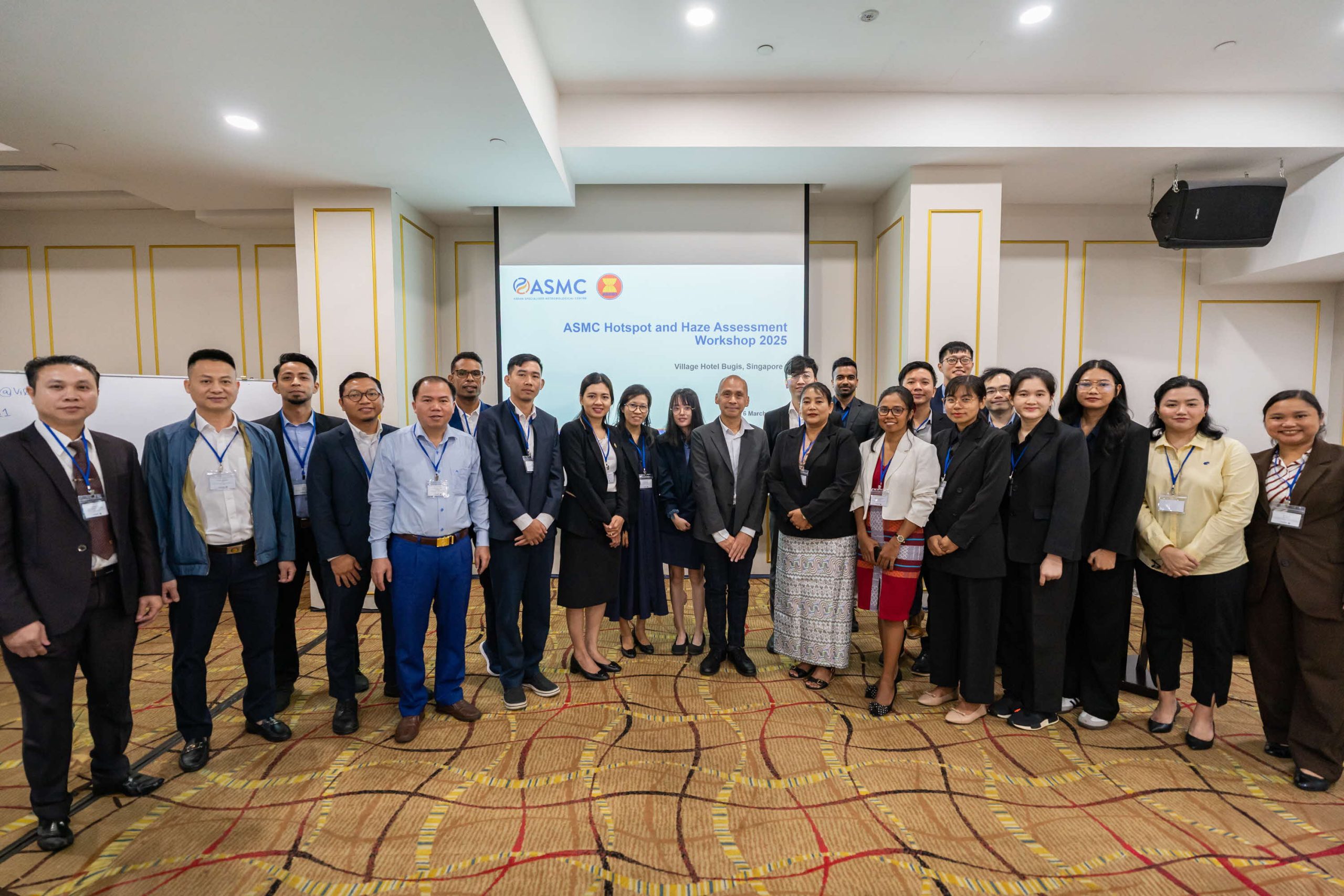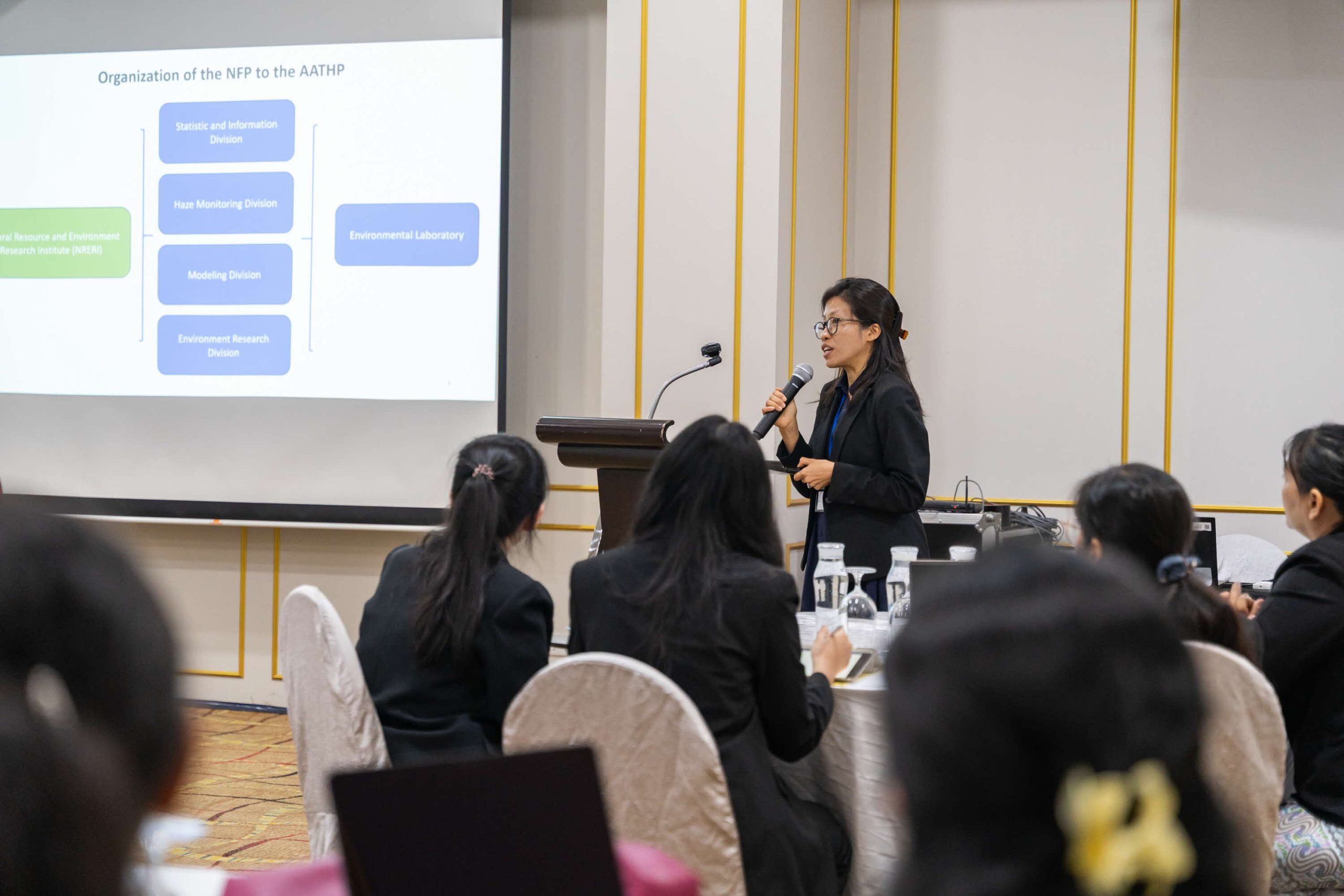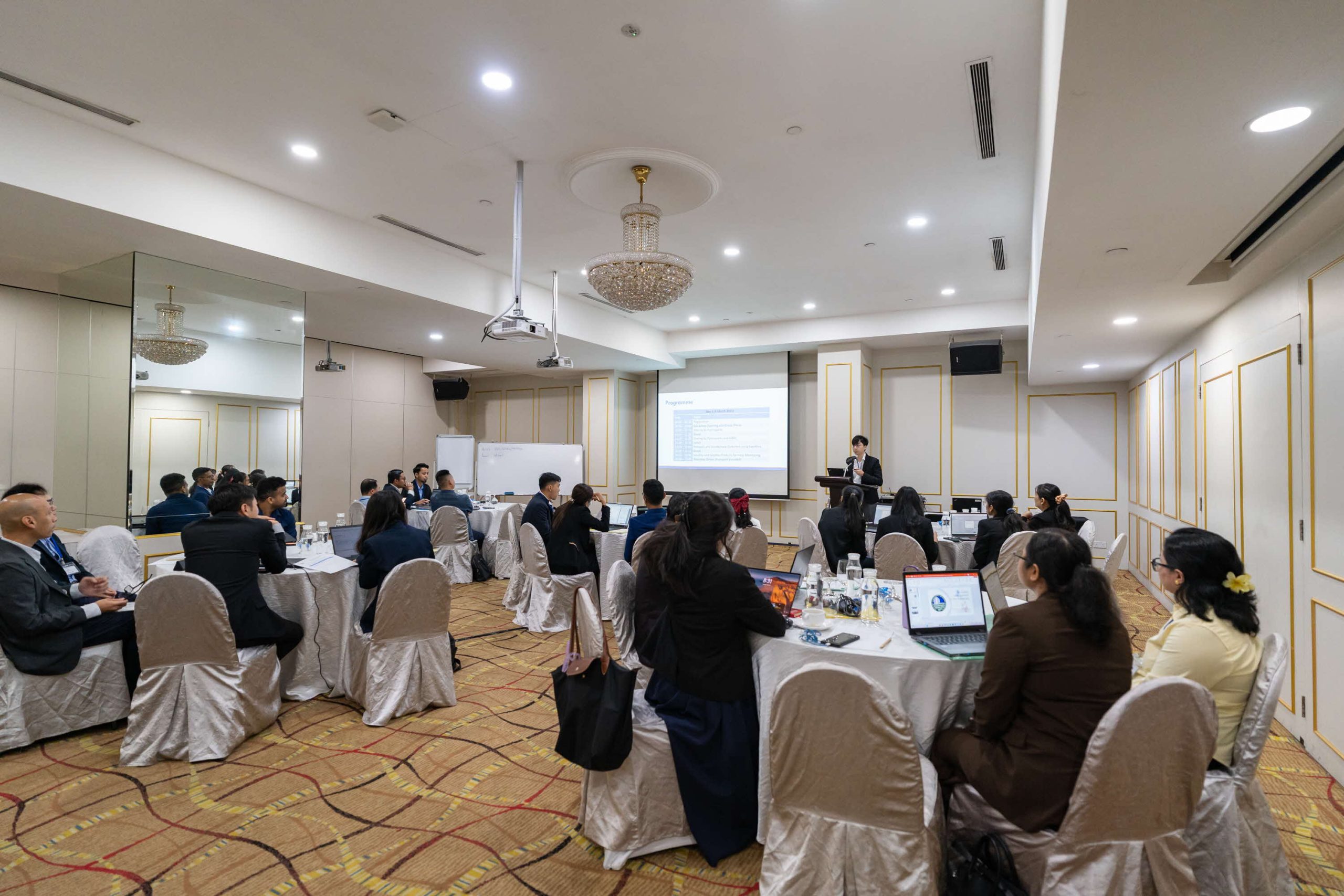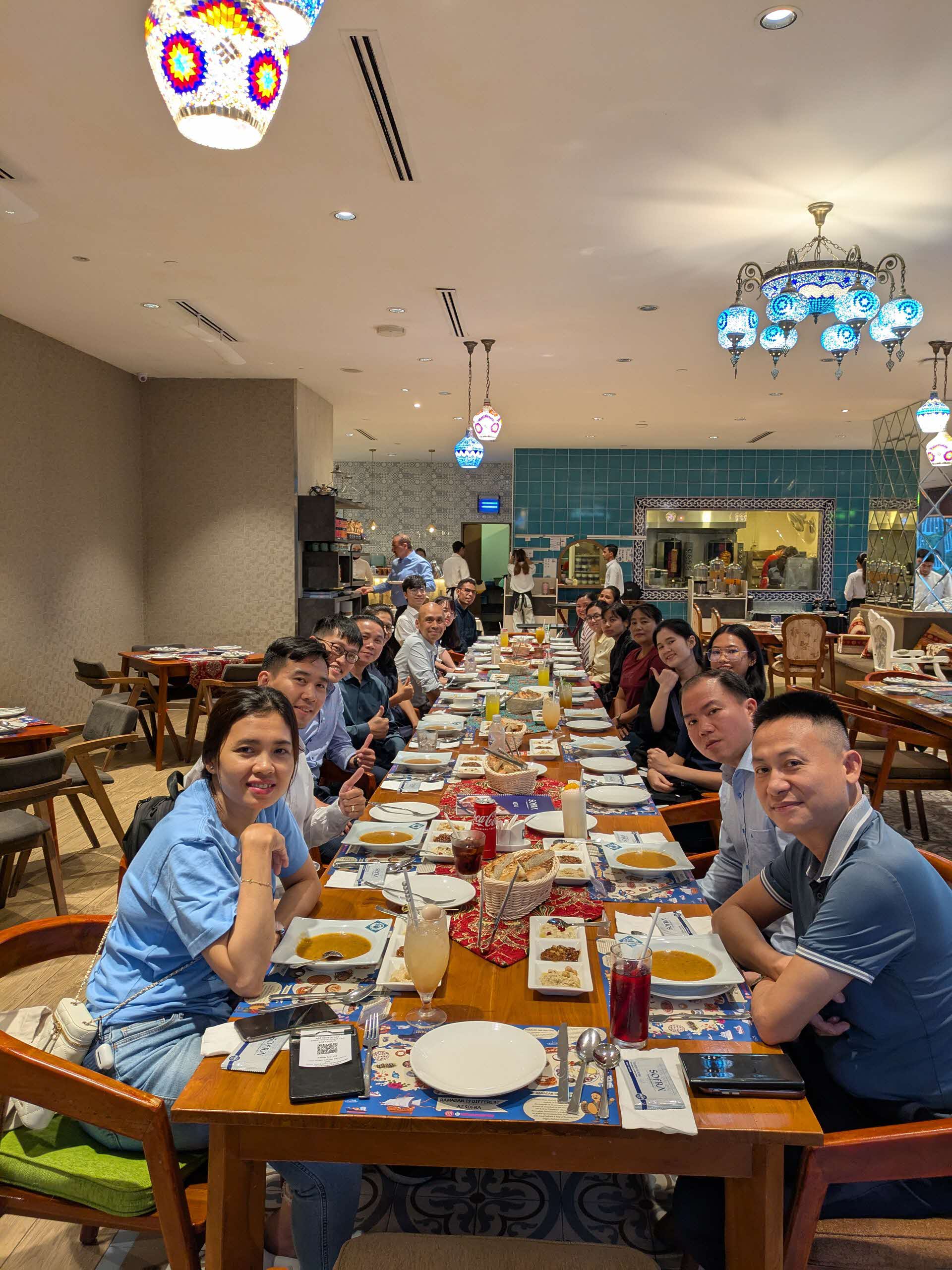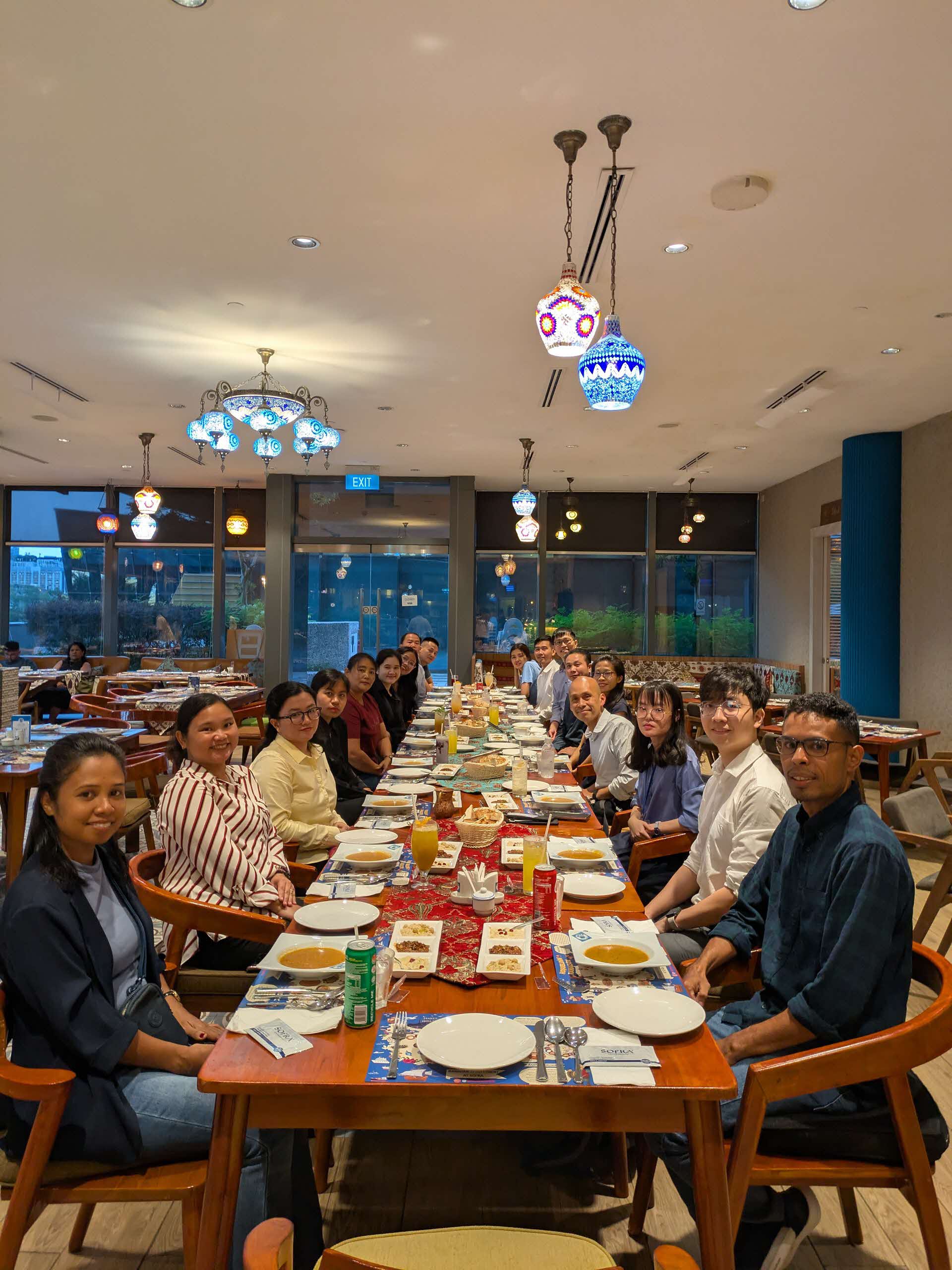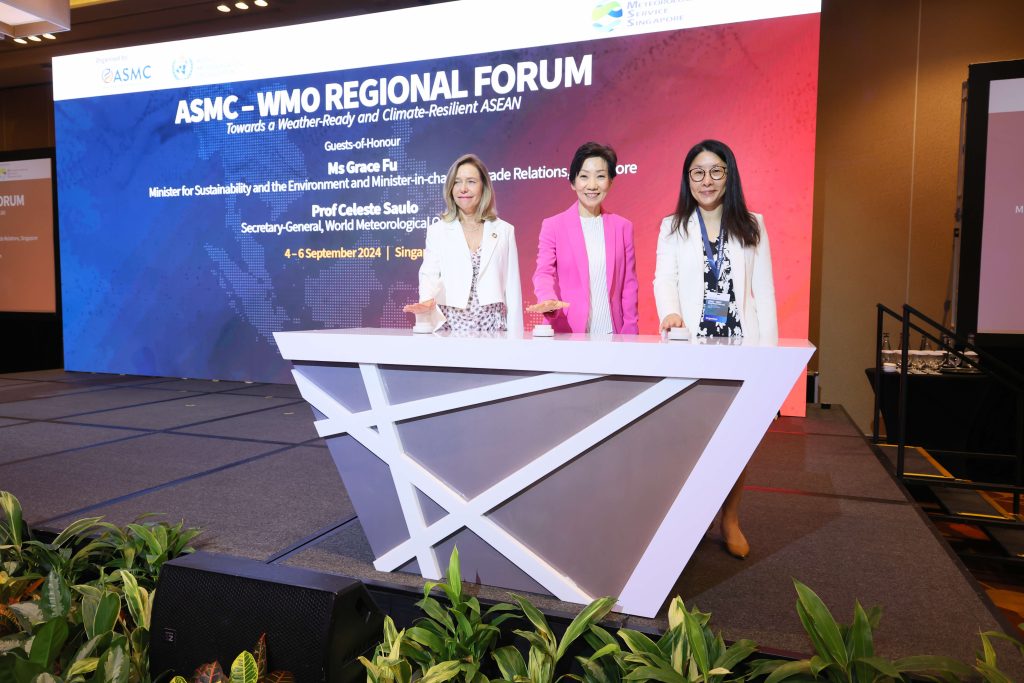Hotspot and Haze Assessment (H2A) Workshop 2025 for the ASEAN Region, Singapore 4 – 6 March 2025
The annual Hotspot and Haze Assessment (H2A) workshop for the Southeast Asia region was conducted in Singapore from 4 to 6 March 2025. A total of 16 delegates from 8 countries participated in the workshop, including delegates from Timor-Leste, who were participating in the workshop for the first time. This workshop is part of the ongoing ASMC Regional Capability-building Programme (ACaP), which seeks to build regional capabilities in weather forecasting, haze monitoring, subseasonal-to-seasonal predictions, and climate change projections.
During the workshop, stakeholders from the environmental and meteorological sectors shared their experiences in their home countries regarding fire prevention and mitigation during the dry season. Participants were involved in multiple in-depth learning sessions led by lecturers from ASMC which covered topics of interest in the region. There were lectures and hands-on activities on using various satellites and satellite products to monitor fires and smoke haze. Participants were also introduced to the weather and climate of the Southeast Asia region, followed by interpretation of subseasonal and seasonal forecast products. The latest developments in products and services by ASMC, such as the WMO Information System (WIS) 2.0, burned area mapping and smoke haze dispersion modelling were also presented.
Experts from various research and academic institutions in South Korea were invited to deliver a lecture on the Geostationary Environmental Monitoring Spectrometer (GEMS), on board the GeoKompSat-2B satellite, which is capable of monitoring climate forcers and air pollutants from space. Through hands-on activities, participants learned more about the visualisation of data recorded by GEMS using the GEMSAT software, as well as how such data can assist in haze monitoring.
This workshop provided opportunities for the participants to learn and interact with the lecturers as well as their peers in the region who work in the areas of fires and haze monitoring, mitigation and control. Going forward, the fourth round of the ASMC attachment programme will be held for regional countries in mid-2025, to provide regional officers with a chance to work with ASMC officers and perform more in-depth fires and haze analysis using meteorological and satellite data.
